Hardy Red Oleander Bush – 3 Gallon Pot
$69.97 Original price was: $69.97.$48.98Current price is: $48.98.
SKU: D2LSC 0168812375 Category: RARE PLANTS
- Quality and Affordability Combined
- Quality that lasts, prices that don't.
- Free Shipping, Quality Goods
- Online assistance, always at your service.

Hardy Red Oleander
Oleander nerium ‘Hardy Red’
Plant Details
USDA Plant Hardiness Zones: 8a-11 (7a & 7b?) Find Your Zone
Plant Type: Evergreen Flowering Shrub
Height at Maturity: 8-10′
Width at Maturity: 6-8′
Spacing: 4-5′ for solid hedges; 12’+ for space between plants
Spacing: 4-5′ for solid hedges; 12’+ for space between plants
Growth Habit / Form: Urpight, Arching, Bushy
Growth Rate: Fast
Flower Color: Bright Red
Flower Size: 2-3″
Flowering Period: Summer
Flower Type: Single
Fragrant Flowers: No
Foliage Color: Green
Fragrant Foliage: No
Berries: No
Berry Color: NA
Sun Needs: Full to Mostly Sun
Water Needs: Average, low when established
Soil Type: Clay (Amended), Loam, Sand, Silt
Soil Moisture / Drainage: Well-drained moist to somewhat dry
Soil pH: 5.0 – 8.3 (Neutral to Slightly Alkaline)
Maintenance / Care: Low
Attracts: Visual Attention
Resistances: Deer – more info, Disease, Drought, Heat, Humidity, Insect, Rabbit, Salt Tolerance
Description
Hardy to 10 degrees F, Hardy Red Oleander is considered to be the standard by which all other Oleander are compared for cold hardiness. But the fine attributes don’t stop with cold hardiness. During summer, this beauty sports abundant clusters of large, trumpet shape, bright red flowers at the ends of almost every stem. Its long narrow leaves are a beautiful rich green with a white stripe at the center that runs the length of the leaf. No other Oleander will survive the coldest of winters of USDA Zone 8, however Hardy Red sails right through!
* During harsh winters Hardy Red Oleander is known to die back to the ground in USDA Plant Hardiness Zone 7 however will grow back from the roots
Landscape & Garden Uses
Growing 8 to 10 feet tall and 6 to 8 feet wide, the Hardy Red Oleander is ideal for use as a focal point specimen, in groupings, or as a colorful hedge in sunny landscape borders. A fine addition to tropical gardens, tropical-look gardens, rock gardens, red gardens, and the Xeriscape (low water needs).
Suggested Spacing: 4 to 5 feet apart for solid hedges; 12 feet or more apart for space between plants
Note: For our customers who live and garden north of USDA Plant Hardiness Zone 8a, where this Oleander variety may die back to the ground, you’ll be happy to know it can be grown in containers that can be brought indoors during winter and placed back outside when temperatures warm up in spring.
Growing Preferences
Oleander is very easy to grow in most any well-drained moist soil of average fertility and full to mostly sun for best flowering. During the first year it requires a moist soil to become established. After that the plant is exceptionally drought tolerant. It does not require pruning however can be trimmed for shape in late winter, before new leaves flush.
Note: Find helpful advice from our experts under the Planting & Care tab above on desktop monitors or below on mobile devices.
Caution: All parts of Oleander are poisonous. Do not ingest any part of this plant and avoid planting it near where horses, cows, and other animals graze.
Plant Long & Prosper!
Meet The Wilson Brothers & Staff
Questions? Contact Us!
Very happy. Nicely proportioned plant that arrived in good health. Packaging was very well designed – I was a bit hesitant about trying to get a 3 gallon plant shipped but I’m glad I tried it out.——————————We are so glad you are pleased with your purchase! Thanks for the great review! Beth | WBG 🙂
Plant arrived very well packaged and in excellent condition. Of course no blooms yet. Would certainly buy from Wilson Bros again. Easy use web site.———————————-We are so glad you are pleased with your purchase! Thanks for the great review! Beth | WBG 🙂
Be the first to review “Hardy Red Oleander Bush – 3 Gallon Pot” Cancel reply
Related products
-30%
-30%
-30%
-30%
-30%
-30%
-30%
-30%



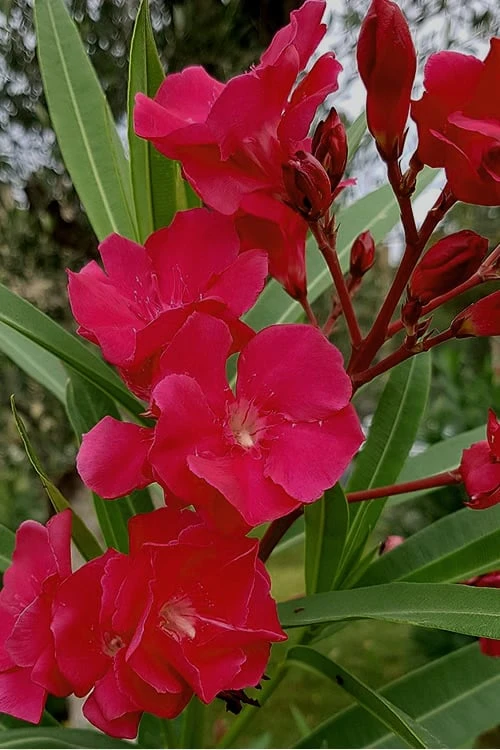
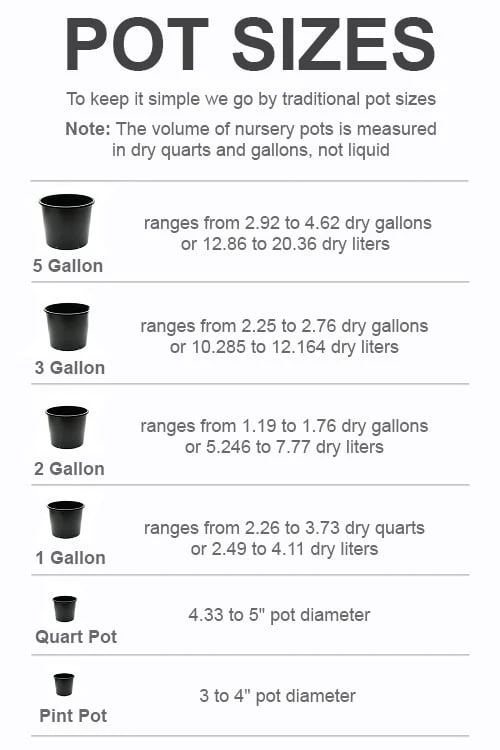
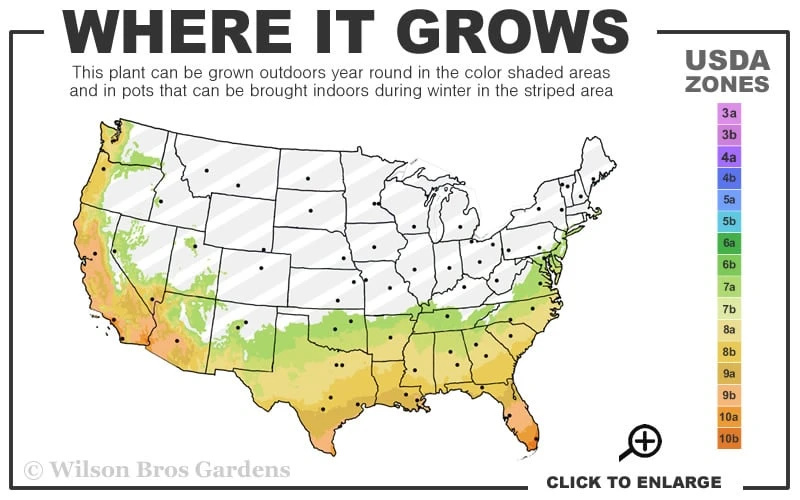

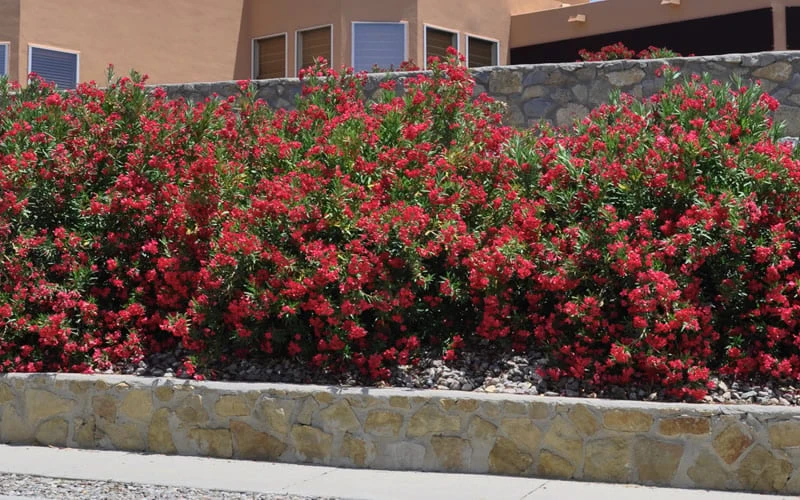
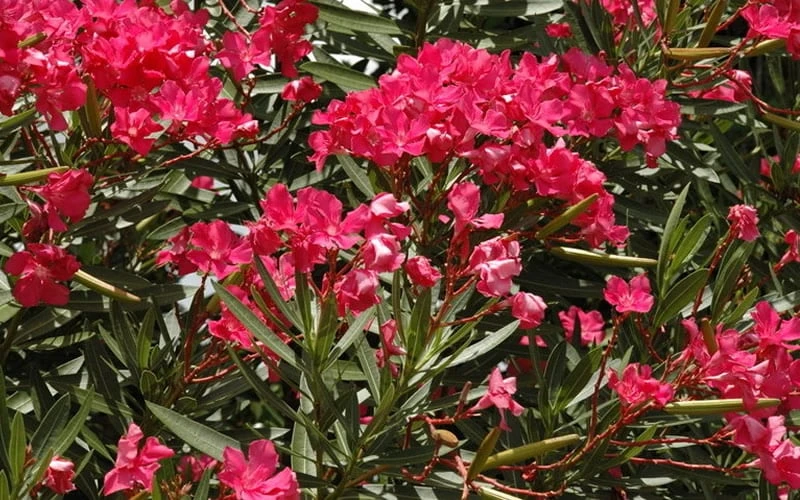
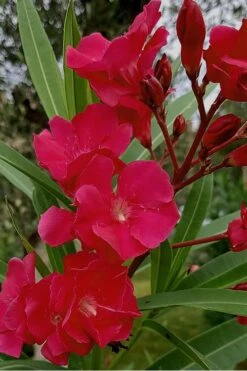

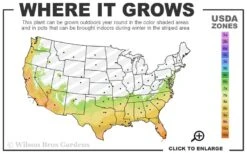
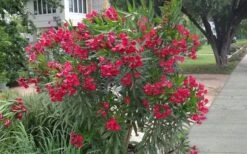
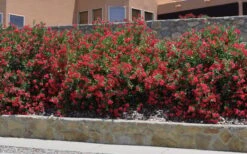

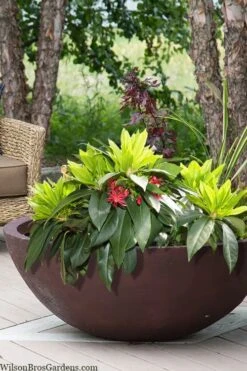

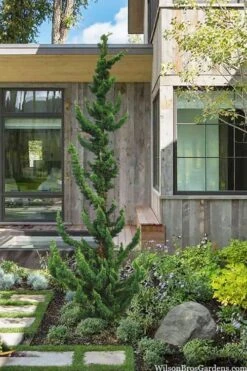
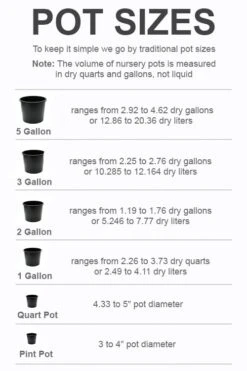
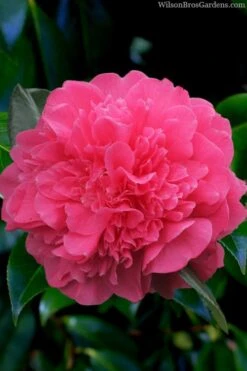

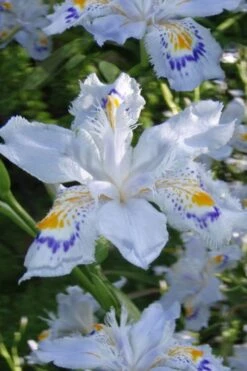

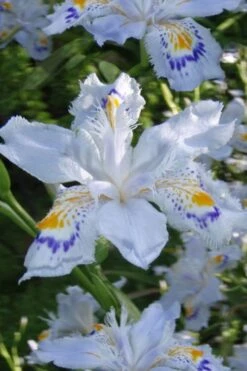

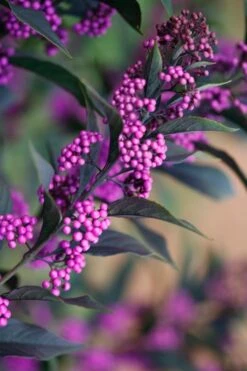
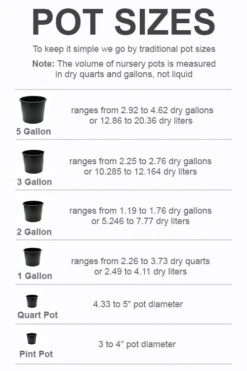


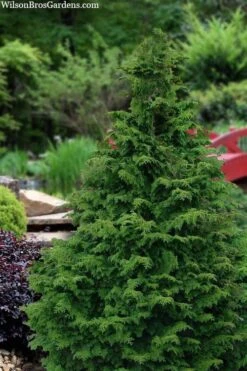
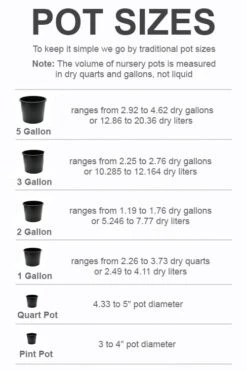
Reviews
There are no reviews yet.